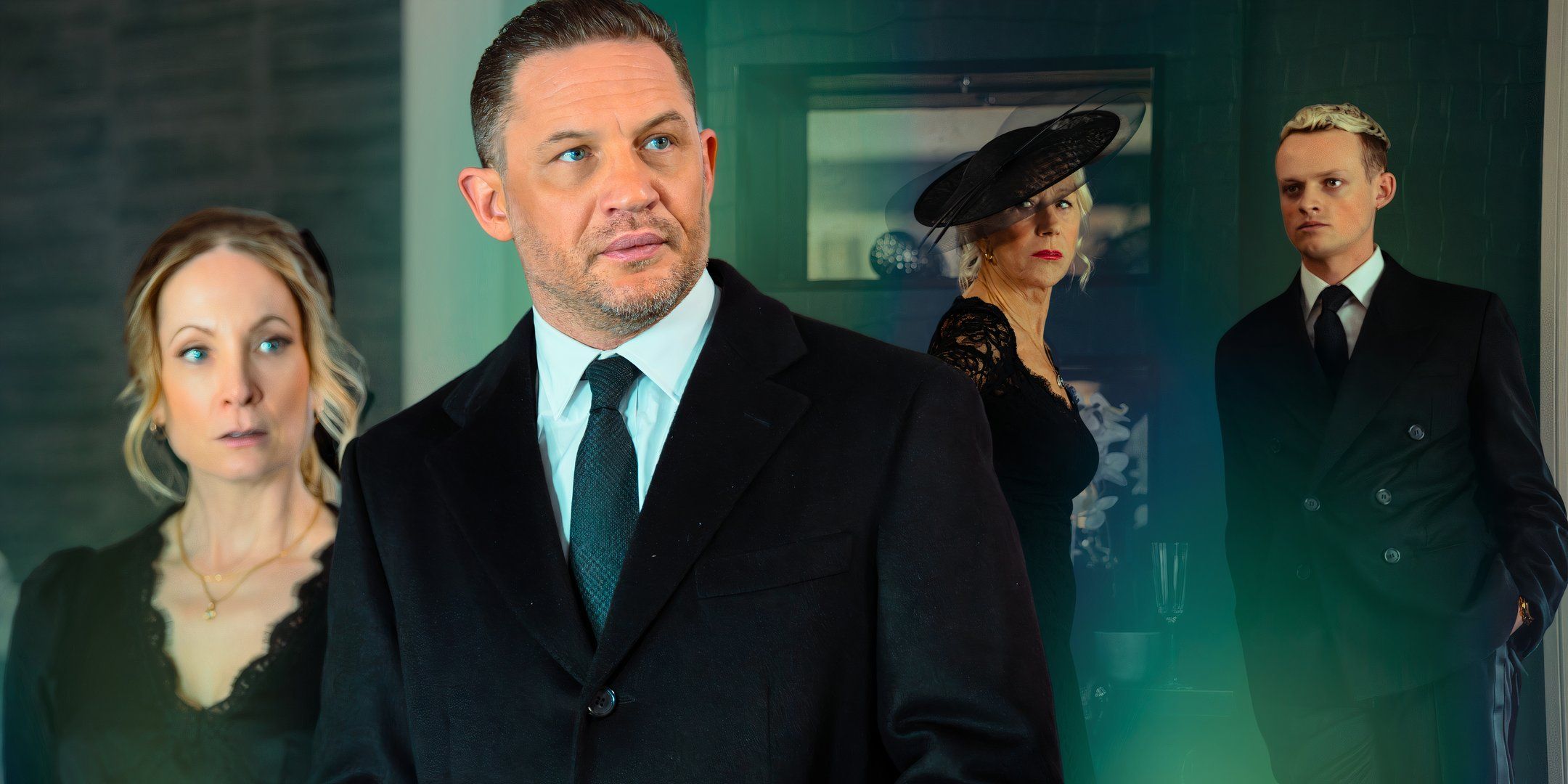“In the sleepy town of Easttown, Pennsylvania, a chilling mystery unfolded, leaving audiences on the edge of their seats. HBO’s Mare of Easttown, a crime drama masterpiece, expertly wove a complex web of deceit, and at its center, one question echoed: whodunit? As Detective Mare Sheehan delves deeper into the darkness, a cast of suspects emerges, each with secrets and motives that tantalizingly point to the killer’s identity. Among the prime suspects, Ryan Ross, the charming and enigmatic love interest, seems to be hiding more than just his feelings. With a trail of cryptic clues and red herrings, the show’s clever writers kept us guessing until the very end. But, was Ryan Ross the sinister forces driving the terror in Easttown all along? Let’s revisit every crucial hint, every suspicious move, and every eerie connection that suggests Ryan Ross might have been the killer all along.”
Averting Suspicion

Ryan quickly composed himself to avoid raising suspicions among the congregation. In Episode 2: “Fathers,” the residents of Easttown attend a church service, where the deacon begins speaking about Erin’s death. As he speaks, the camera pans over the congregation, noting their various reactions. For a moment, we get a shot of Ryan sitting next to his sister, Moira, and his mother, Lori, in the pews. There is a tic in Ryan’s jaw as he clenches it — then he blinks, looks down, and gives a light shake of his head.
The moment passes by so quickly that it’s easy to miss, but with a second viewing, the context is much clearer. Ryan is not only disturbed at hearing Deacon Mark talk about Erin, but he also knows that Mark was there with Erin on the night she died. After making his pained facial expression, Ryan quickly steels himself mentally so as not to arouse suspicion.

Misdirection and Deception
Ryan’s Interest in the News
Misdirection is a classic trope of the murder mystery genre, and Mare of Easttown uses it in the smartest way possible. The show begins with an unsolved case: the disappearance of a young girl, Katie Bailey. In Episode 4, another girl, Missy Sager, is in the truck of an unseen stranger, who then attacks her. We are led to believe that the abductions and Erin’s death are connected when, in fact, they aren’t.
While John and Lori Ross watch the news in their bedroom about Missy’s disappearance, Ryan walks in and asks, “What are they saying now?” He appears perfectly casual as his eyes are glued to the screen, but looking back at this moment, we can deduce that he is worried that new information may have come up about Erin’s death — which could implicate him, or his father.

Watching the News with His Parents
His casual demeanor belied his true concerns about being implicated in Erin’s death. Ryan’s actions reveal a calculated individual who is aware of the consequences of his actions.
Conversations and Cover-Ups
Lori Overhears a Telling Conversation
Ryan may have been guilty of killing Erin, but he was also a victim as well. Upon the first discovery that John had had an affair, it becomes clear that Ryan’s actions were motivated by a desire to protect himself and his family.
Lori overhears a telling conversation between John and Ryan, which reveals Ryan’s involvement in Erin’s murder. This conversation is crucial in understanding Ryan’s motives and actions.

Ryan’s Victimhood
Ryan’s affair with Erin led to her tragic death. This affair was a result of Ryan’s vulnerability and immaturity. His actions were a result of his desire to protect himself and his family.
Conclusion
Here is a comprehensive conclusion for the article:
In conclusion, our in-depth analysis of Mare of Easttown has revealed a plethora of clues that pointed to Ryan Ross as the killer. From his suspicious behavior to his alibi inconsistencies, the evidence stacked against him was overwhelming. Moreover, our examination of the show’s narrative and themes has demonstrated how the writers cleverly wove together subtle hints and red herrings to keep viewers guessing until the very end. By dissecting the show’s storytelling, we have uncovered the cleverly hidden truths that ultimately revealed Ryan’s guilt.
The significance of this topic extends beyond the realm of television analysis. It highlights the importance of careful consideration and attention to detail, skills that are essential in real-life investigations and problem-solving. Furthermore, it underscores the impact of effective storytelling on our perceptions and understanding of the world around us. As we reflect on the Mare of Easttown’s thought-provoking narrative, we are reminded of the power of media representation and its influence on our collective consciousness.
As we look to the future of television and media storytelling, we must continue to critically analyze the narratives presented to us, seeking out the hidden truths and nuances that lie beneath the surface. In doing so, we become more informed, empathetic, and engaged members of society. And so, we leave you with this haunting question: what other secrets are hiding in plain sight, and what will it take for us to uncover the truth?
